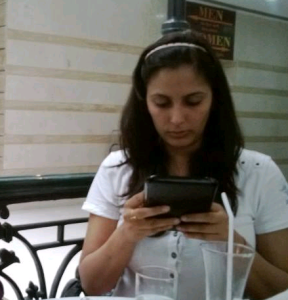 Mobile money will witness rapid growth over the next 3-5 years in India due to increased rural presence of Mobile Operators in Rural India fueled by favorable regulation, rising penetration of smartphones as their prices are more affordable, and acceptance by retailers.
Mobile money will witness rapid growth over the next 3-5 years in India due to increased rural presence of Mobile Operators in Rural India fueled by favorable regulation, rising penetration of smartphones as their prices are more affordable, and acceptance by retailers.
What is Mobile Money ?
We define it as mobile banking, money transfer, and m-commerce. This includes using Airtel Money to transfer money into another Airtel Money account or bank account or mobile number. One could pay one’s driver his monthly salary by transferring money using bank’s smartphone into his mobile linked bank account using his mobile number and mobile money ID. Alternatively, paying from one’s smartphone into the driver’s Vodafone mpesa wallet would allow him to periodically remit money to his family in his native village, and all this near instantaneously. One can also use the Axis Bank app on one’s smartphone to pay electricity bills.
Regulatory Support from RBI
RBI driving financial inclusion and banks looking at telcos to help bridge the rural reach gap (telcos cover 75% of rural population whereas only 14% of rural households have bank accounts). RBI has allowed non-banks to issue m-wallets, perform funds transfer and allowing for-profit companies to become Business Correspondents of banks.
Domestic Remittance Market for Mobile Money Transfer
The domestic remittance business is the first to witness action — about 100m migrants remit US$40bn from urban to rural India annually. Telcos are leveraging their rural reach to offer m-wallets linked to bank accounts into which migrants can load money and transfer to recipients’ bank accounts, where telcos.
The general m-commerce opportunity could be much bigger, but telcos, banks (much quicker than telcos in developing apps), payment companies (PayTM, NGPAY, etc.), and payment networks (Visa, MasterCard, etc.) will all compete.
Challenges in Deploying Nationwide Mobile Commerce / Payment Network
The first is to educating illiterate immigrants about m-wallets and telcos needing to overcome trust deficit (considering history of VAS miss-selling etc.) Multiplicity of regulators, clarity on liability in the event of erroneous government transfers, difficult requirement of a 2s response time imposed by TRAI, and a generally confiscatory telecom regulation are some regulatory obstacles.